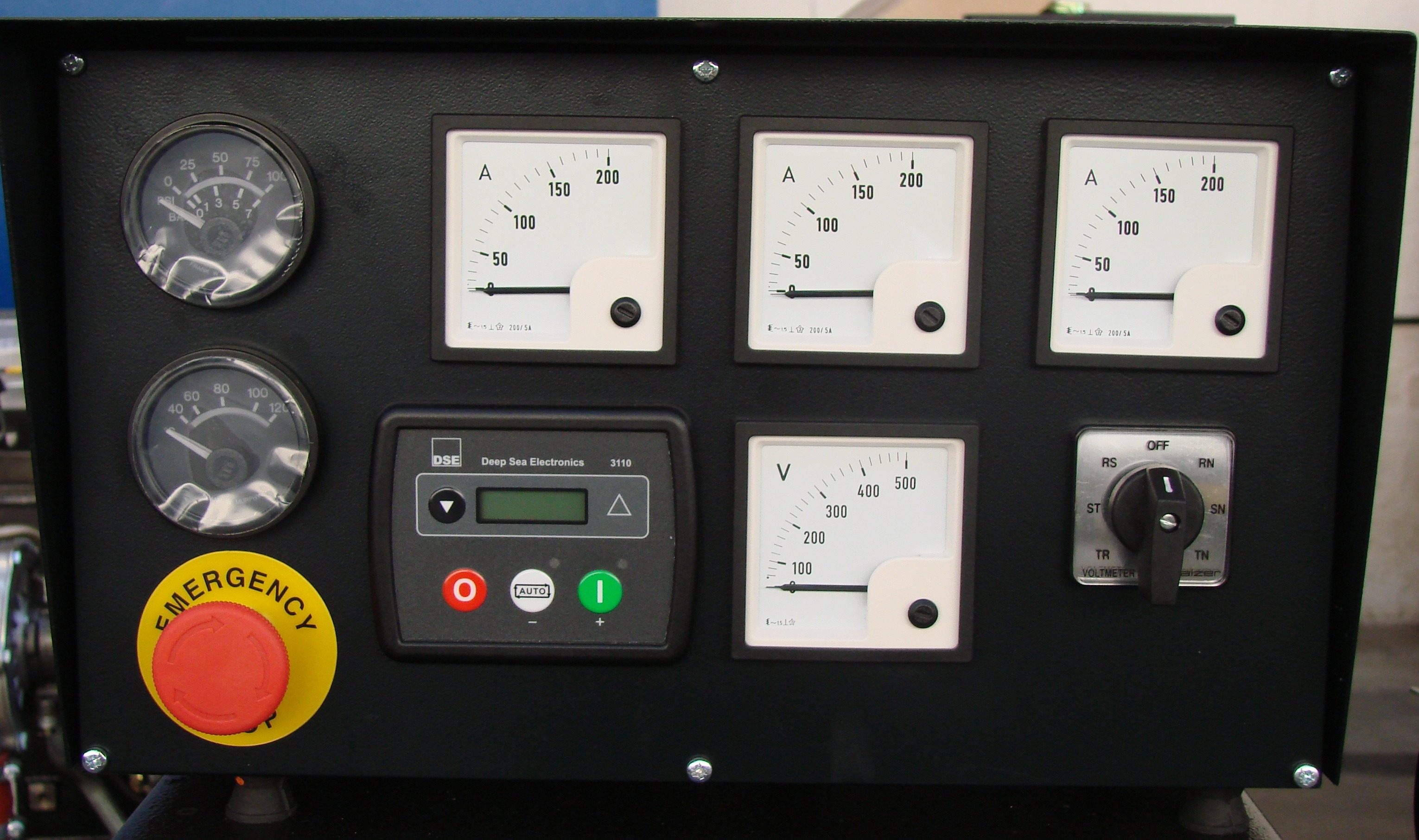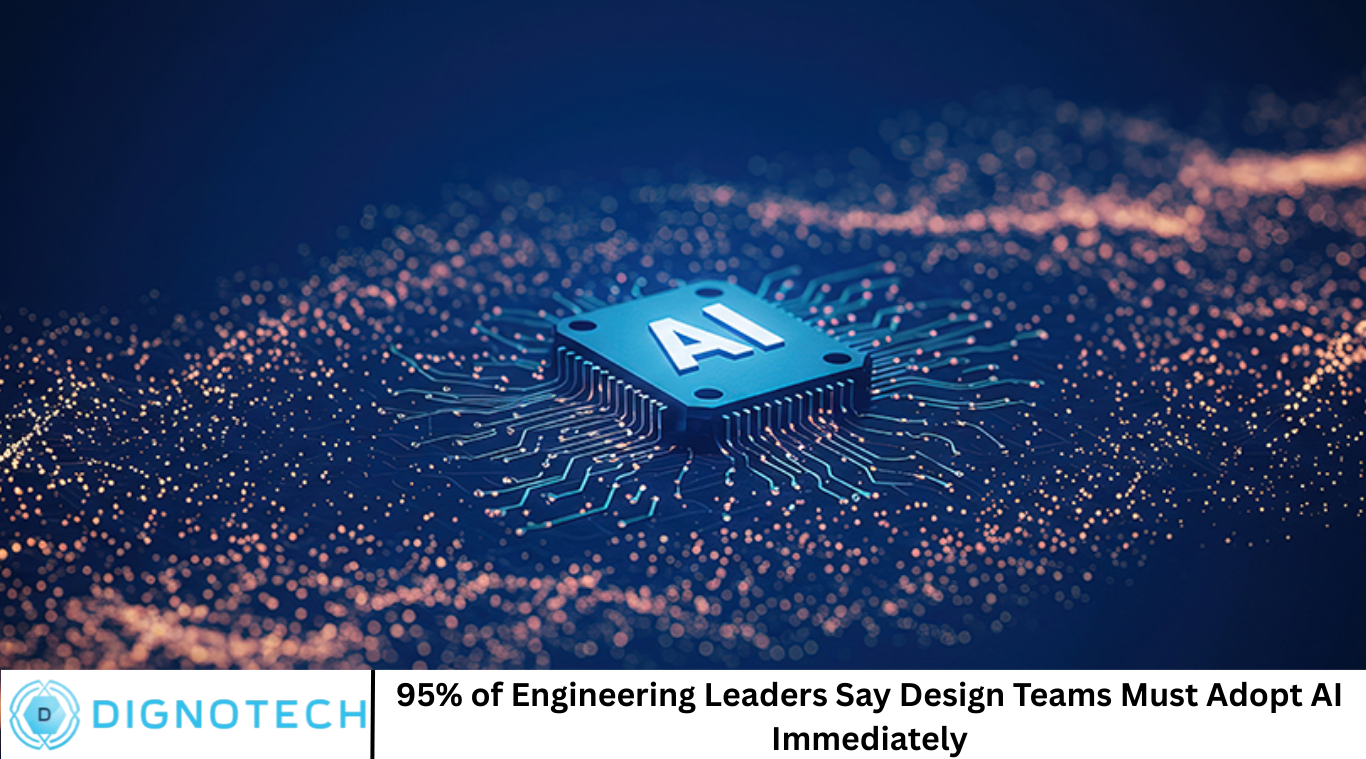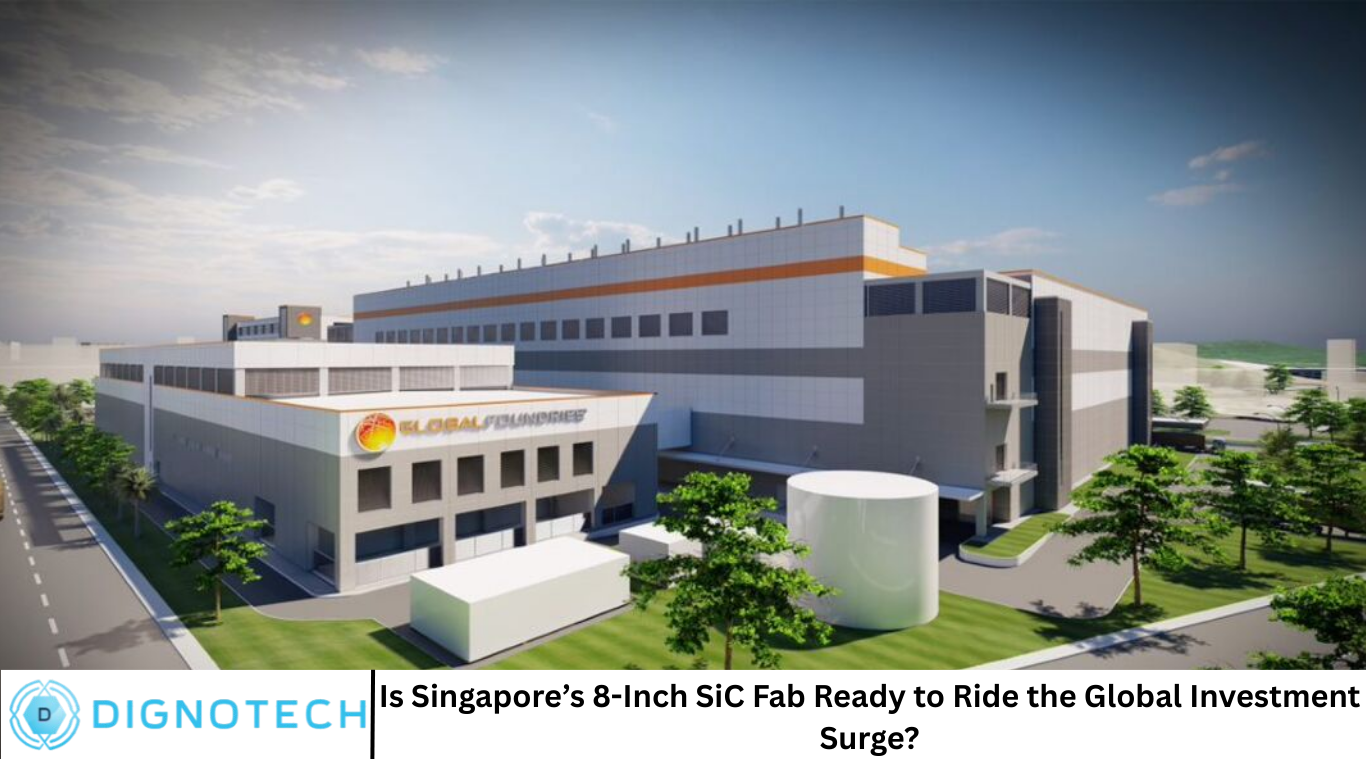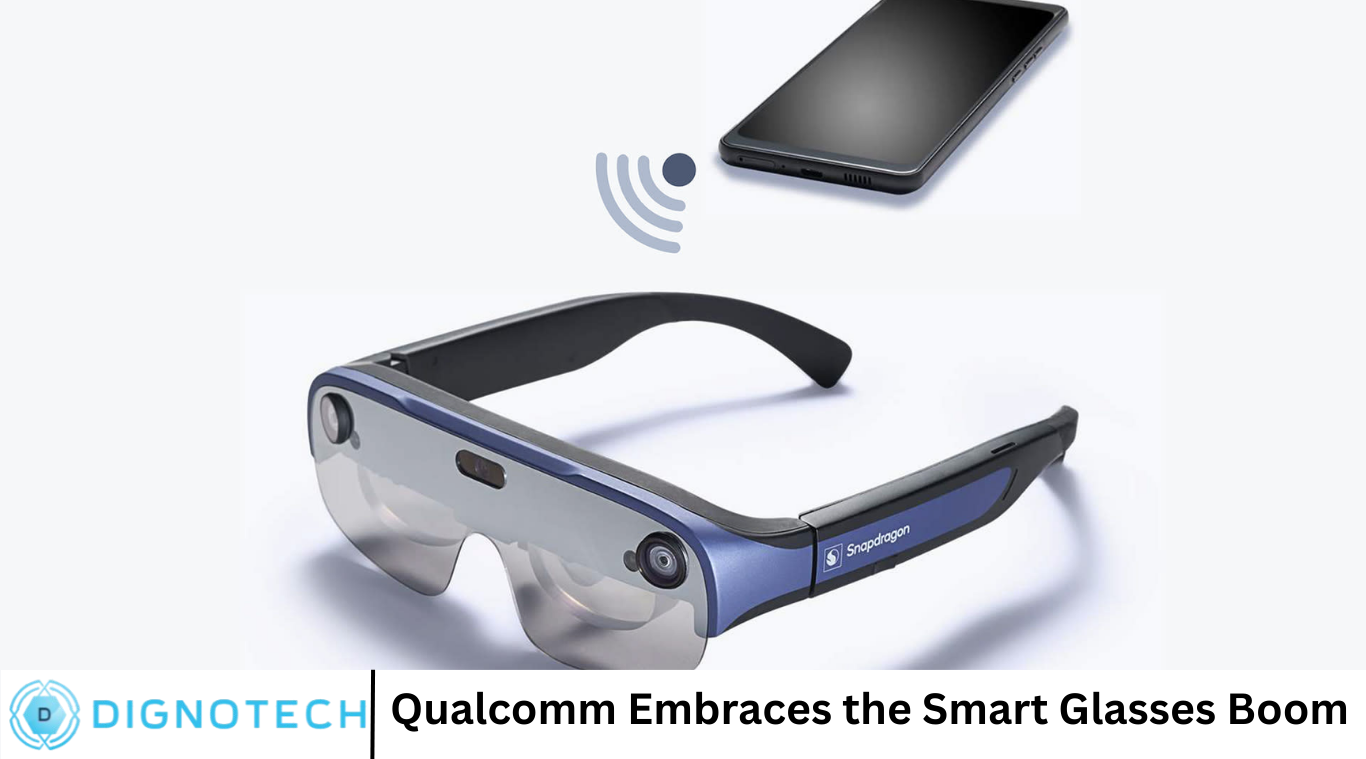The Evolution of Generator Control Panels and Monitoring Systems

Generator technology has always been about more than simply producing electricity. For decades, control panels and monitoring systems have formed the vital bridge between the operator and the machine. Without them, managing a generator safely and efficiently would be impossible. As technology has advanced, so too have these systems, transforming from basic manual switches to sophisticated digital platforms capable of remote monitoring, predictive analytics, and integration with wider energy management networks. Understanding the evolution of generator control panels and monitoring systems not only sheds light on how far the industry has come but also highlights the direction of future innovation.
Early Days of Manual Control
When generators first became a practical means of producing power, the control systems that operated them were incredibly basic. Panels were often little more than a collection of switches, fuses, and analogue meters designed to display voltage and current. Operators would manually start and stop the generator, usually through a hand-crank or a physical starter switch. Gauges indicated whether the machine was running within safe parameters, but interpretation required a trained eye and constant supervision.
In industrial or commercial settings, this meant that a generator could only be trusted when dedicated staff were on hand to monitor it closely. Errors were common, from overloading circuits to overlooking maintenance needs. These early control systems provided no form of automation, meaning that human oversight was the only safeguard against breakdowns. While they served their purpose, they demanded significant attention and skill, which limited their practicality for more complex applications.
The Introduction of Automatic Controls
As electricity became a more integral part of business and daily life, demand grew for generators that were easier to manage. The introduction of automatic control systems in the mid-20th century marked a significant leap forward. Instead of relying solely on human input, generators could now be equipped with controls that automatically managed voltage regulation, load balancing, and start-stop functions.
One of the most notable developments was the invention of automatic transfer switches. These systems allowed a generator to detect a loss of mains power and start up without human intervention. Once the main power was restored, the system would shut the generator down and return to standby. This reduced downtime and provided businesses with a reliable backup solution that no longer required manual activation. Hospitals, emergency services, and data centres in particular benefited from these advancements, as uninterrupted power became a necessity rather than a luxury.
Analogue to Digital Displays
Throughout much of the 20th century, control panels relied heavily on analogue meters and dials. They provided essential information, but their limitations were increasingly obvious. Reading values accurately required experience, and interpreting data often took time that operators did not always have in critical situations.
The shift from analogue to digital displays represented another major stage in the evolution of generator control systems. Digital panels made information clearer, easier to read, and more precise. With just a quick glance, operators could see exact voltage levels, frequency measurements, and fuel status without ambiguity. In addition, digital panels reduced the chance of human error, ensuring more accurate decision-making and quicker responses to developing issues.
Microprocessor Control Panels
By the late 20th century, the rise of microprocessor technology began to revolutionise generator control systems. Unlike earlier panels, which were primarily reactive, microprocessor-based systems allowed for proactive control. These units could monitor a wide array of operating parameters simultaneously, analyse the data in real time, and adjust the generator’s performance accordingly.
With microprocessor controls, generators became far more efficient and reliable. Functions such as load sharing between multiple units, automatic voltage regulation, and engine protection were now embedded directly into the control system. Alarms and fault detection could be programmed to provide early warnings, minimising downtime and reducing maintenance costs. For large-scale operations, this was a major step forward, enabling seamless integration of multiple generators to provide stable and reliable power in even the most demanding environments.
Remote Monitoring Systems
The next great leap came with the widespread availability of telecommunications and internet technology. Remote monitoring transformed how generators could be managed. Instead of requiring someone on-site, generators could now be observed and controlled from virtually anywhere in the world.
Remote monitoring systems initially relied on basic wired connections and telephone alerts but soon progressed to fully internet-enabled platforms. Operators could log in through a computer or later a mobile device to check operating status, receive alerts, and even start or stop the generator remotely. For companies with multiple sites, this removed the need for constant travel and site visits, cutting costs and improving operational efficiency.
In sectors such as construction, utilities, and emergency services, remote monitoring quickly became indispensable. The ability to detect issues early and respond rapidly meant that power could be restored or maintained with minimal disruption.
Integration with Building Management Systems
As technology advanced further, generator control panels began to integrate with larger building and energy management systems. Rather than being standalone machines, generators became a key component of wider power strategies.
Integration allowed for more intelligent use of energy resources. Generators could work alongside renewable systems, battery storage, and the national grid to optimise energy consumption. For example, a generator might be programmed to provide support during peak demand hours or to act as part of a microgrid in remote locations. This flexibility gave businesses greater control over their energy use, reduced costs, and helped support sustainability initiatives.
Building management integration also made generators more accessible to non-specialist staff. With user-friendly dashboards and automated reporting, understanding and managing generator performance no longer required advanced technical expertise.
Advances in User Interfaces
Another important development in the evolution of generator control panels has been the user interface. Early systems were often intimidating, filled with complex wiring, switches, and dials. As digital technology advanced, interfaces became more intuitive and easier to navigate.
Touchscreens, colour displays, and simple menu structures replaced rows of analogue meters and switches. Operators could now move through system settings and diagnostic information in seconds rather than minutes. This reduced training requirements and allowed businesses to get the most out of their equipment without needing specialist engineers on site at all times.
In addition, multilingual support has become standard in modern systems, making them suitable for global applications where language differences could once have caused confusion.
The Role of Data and Predictive Analytics
The increasing sophistication of monitoring systems has not only improved real-time oversight but also opened the door to predictive maintenance. By continuously collecting and analysing data, modern generator systems can identify wear patterns, anticipate failures, and recommend servicing before problems occur.
This represents a shift from reactive to proactive maintenance. Instead of waiting for a fault to shut down operations, businesses can act in advance, scheduling maintenance at convenient times and avoiding costly downtime. Predictive analytics also improves the lifespan of equipment, ensuring that generators operate at peak performance for longer.
Data collection has further benefits beyond maintenance. By analysing fuel consumption, load profiles, and operating hours, businesses can refine how they use their generators. Inefficiencies can be identified and corrected, reducing costs and lowering environmental impact.
Cybersecurity in Generator Systems
With the growth of digital and internet-enabled monitoring comes a new set of challenges. Cybersecurity has become a significant consideration for generator control systems, particularly when integrated into wider energy networks. A compromised generator system could have serious consequences for critical infrastructure such as hospitals, airports, or data centres.
Manufacturers have responded by embedding advanced security protocols into their systems. Firewalls, encrypted communications, and regular software updates are now standard features in high-quality control panels. Training operators to recognise potential cyber risks has also become part of modern generator management.
As power systems become more interconnected, the importance of cybersecurity in generator control panels will only increase, ensuring resilience against both physical and digital threats.
Generators and the Smart Grid
Looking towards the future, generator control panels are increasingly being designed with smart grid compatibility in mind. Smart grids rely on real-time communication between energy producers, distributors, and consumers to optimise efficiency and reliability. Generators play a critical role in this system, acting as both backup and supplementary sources of power.
With advanced monitoring and control systems, generators can automatically adjust output to match demand, participate in demand response programmes, and even feed excess power back into the grid. This not only supports overall energy stability but also provides new opportunities for businesses to reduce costs or even generate revenue through grid participation.
The integration of artificial intelligence and machine learning promises to push this even further. Generators will become capable of making independent decisions based on data trends, adjusting their performance without human intervention to optimise efficiency, sustainability, and resilience.
Sustainability and Emissions Monitoring
Another major driver of recent advancements has been the global focus on sustainability. Modern control panels are increasingly equipped with systems that monitor emissions, fuel efficiency, and compliance with environmental regulations.
By providing accurate data, these monitoring systems enable businesses to demonstrate compliance, reduce carbon footprints, and plan for more sustainable energy strategies. In some cases, monitoring systems can automatically adjust fuel mixtures or optimise engine performance to minimise emissions in real time.
For industries under growing pressure to reduce their environmental impact, these technologies are essential. They provide not only peace of mind but also a competitive advantage, showing commitment to sustainability while maintaining operational reliability.
The Human Element in Modern Systems
While technology has advanced dramatically, it is important to remember that generator control panels and monitoring systems are ultimately tools to support human decision-making. Even the most sophisticated systems require knowledgeable operators who can interpret data, respond to alerts, and make informed choices.
What has changed is the level of support those operators now have. Where once they relied on basic analogue gauges and constant supervision, they now have access to detailed analytics, remote monitoring, and intelligent automation. This reduces stress, increases confidence, and ensures that critical power systems remain reliable even under pressure.
The Future of Generator Control and Monitoring
The journey from manual switches to digital, internet-enabled platforms demonstrates the pace of change in generator technology. Looking ahead, the future promises even greater integration with renewable energy, more sophisticated predictive maintenance, and deeper involvement in smart grid strategies. Artificial intelligence and machine learning will play a growing role, creating systems that not only react to issues but actively prevent them.
As these technologies continue to develop, the generator control panel will remain at the centre of the system, serving as the interface between human oversight and machine intelligence. The role of monitoring will expand beyond ensuring operational reliability to contributing to sustainability goals, cost savings, and wider energy management strategies.
From the earliest days of hand-operated switches to today’s advanced digital dashboards, the evolution of generator control panels and monitoring systems reflects a broader story of technological progress. It shows how innovation has transformed not just the machines themselves, but also the way people interact with them, making power more reliable, efficient, and sustainable than ever before.




